Start your business off on the right foot by finding affordable, high-quality card-making supplies.
This article will provide 10 suggestions for where to get card-making supplies for your business, all of which are cost-effective, reliable, and stocked with a variety of items. Let’s dive in!
Can you start a business selling handmade cards?
Starting a business selling handmade cards not only allows you to express your creativity but also provides an avenue to build a potentially lucrative venture. This business model can be pursued from the comfort of your home and offers flexibility, especially for those who might be balancing other commitments.
Advantages of starting a handmade card business include:
- Personal Touch: Handmade cards carry an element of personalization that mass-produced cards can’t match. This unique touch can be a significant selling point for your business.
- Niche Market: The handmade market, while competitive, still offers niches that can be exploited. Whether you focus on holiday-specific cards, themes, or bespoke services, there’s a potential clientele waiting.
- Low Initial Investment: The start-up costs can be relatively low. To begin, all you really need is a set of basic tools and materials.
- Scalability: Starting small allows you to test the waters. As demand grows, you can scale your business accordingly—investing in more tools, diversifying product lines, or even hiring additional help.
- Online Platforms: With platforms like Etsy, Pinterest, and Instagram, marketing and selling handmade items has become easier than ever. These platforms offer immense reach to potential customers globally.
- Workshops and Classes: Once established, you can expand by offering workshops or classes, teaching others your craft and further monetizing your skills.
If you’re thinking of starting a handmade card business, here are some considerations that can help you find success:
- Market Research: Before diving in, it’s essential to conduct market research to understand the demand, identify your target audience, and recognize what sells.
- Branding: Your brand’s identity, from logo to packaging, plays a crucial role in setting your business apart.
- Pricing Strategy: Ensure you account for all costs, including materials, labor, overheads, and potential shipping, when setting prices.
- Digital Presence: An engaging website or a dedicated page on platforms like Etsy can be invaluable. Keep in mind the importance of high-quality photographs and clear descriptions.
- Local Regulations: Depending on where you are located, you might need specific licenses or permits to operate your business.
- Continuous Learning: Stay updated with the latest trends in card-making and continuously adapt to the changing market dynamics.
- Networking: Join craft fairs, workshops, or online communities related to card-making. These can provide exposure and opportunities to learn from peers.
Starting a business selling handmade cards can be an immensely satisfying endeavor, blending passion with profit. With persistence, creativity, and business acumen, you can carve a niche for yourself in this vibrant market.
Supplies and Equipment Needed for a Greeting Card Business
To start a successful greeting card business, cardmakers will need to invest in the right supplies and equipment. Here are some essential items every card-making business needs:
Cardstock

Cardstock is a thick and durable paper ideal for the base of a card. It can be purchased in various colors, finishes, and weights. The heavier the cardstock, the sturdier your card will be. Its versatility makes it perfect for layering, die-cutting, and embossing.
Patterned Paper
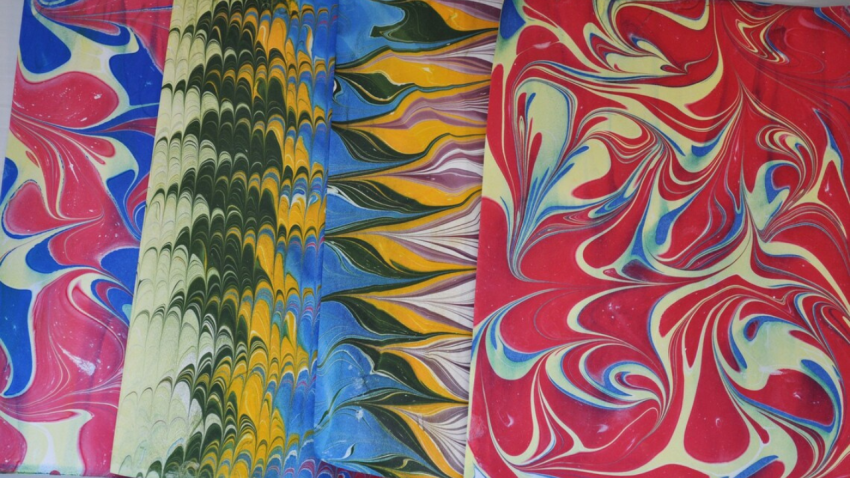
This is decorative paper that features a printed pattern, design, or picture. It’s used to add a decorative element to the card, and you can cut or tear it to create unique designs.
Stamps
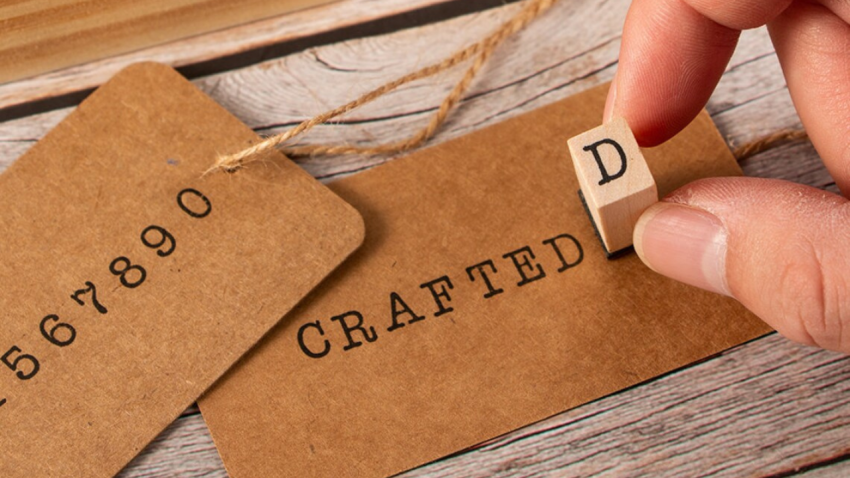
Stamps are tools that imprint a design or message onto your card. There are rubber stamps, clear stamps, and foam stamps available. They can be inked using various colors and then pressed onto the card.
Ink Pads
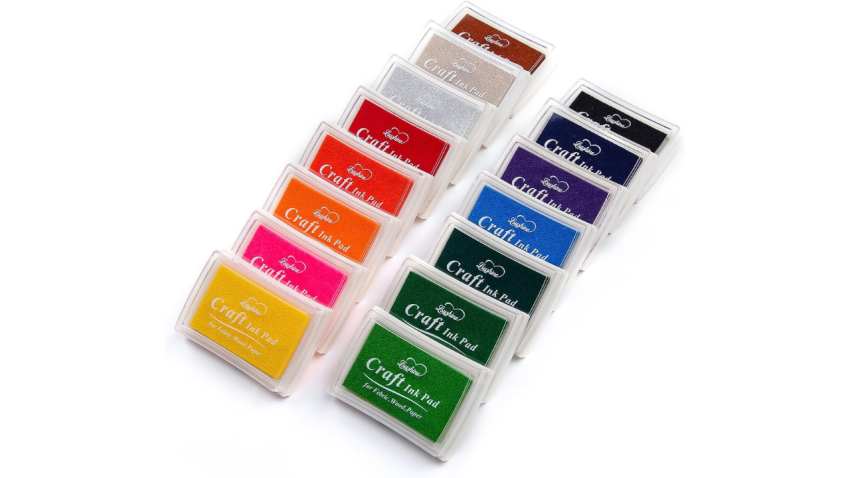
Ink pads are used to apply color to stamps. They come in a vast array of colors and types like dye inks, pigment inks, and hybrid inks, each producing different results on paper.
Die-Cuts and Punches
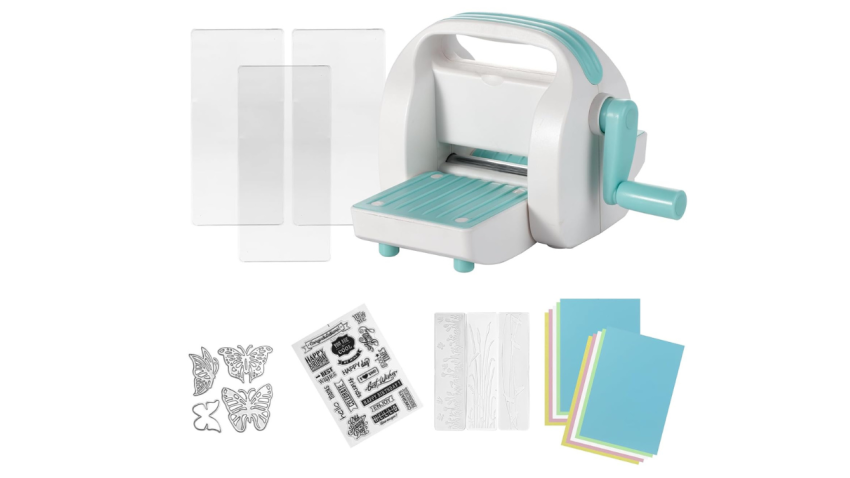
These are tools used to cut specific shapes, designs, or patterns out of cardstock or patterned paper. Dies are often used with a manual die-cutting machine, while punches are standalone tools.
Adhesives
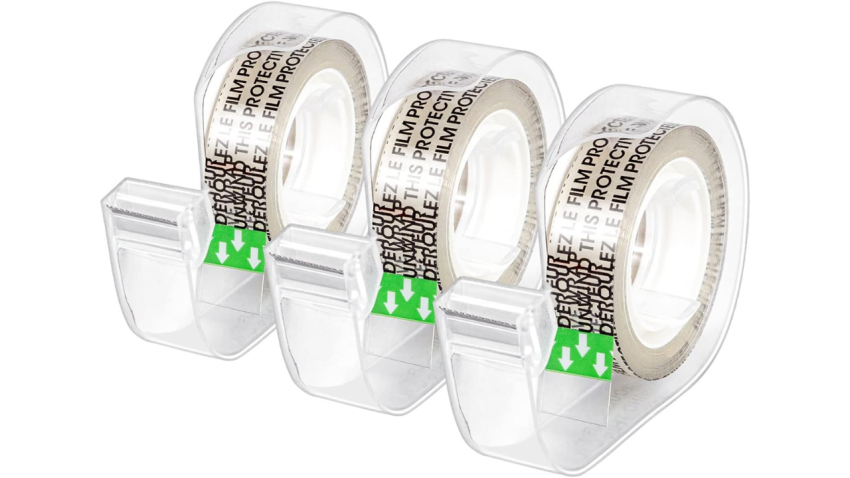
Adhesives are used to bond materials together. Popular options include double-sided tape, glue dots, liquid adhesive, and foam tape. The choice depends on the strength and type of bond required.
Ribbons
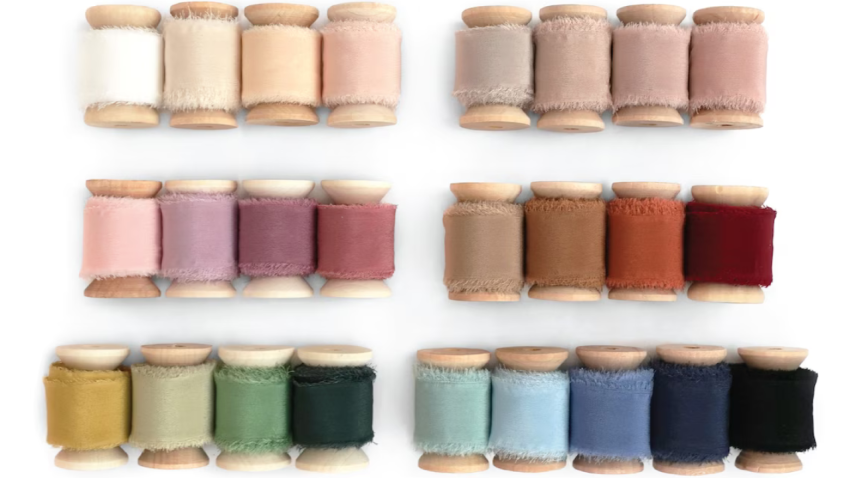
Ribbons are popular embellishments for cards. Use them to tie pieces of cardstock together or add decorative elements to your illustrations or envelopes.
Buttons
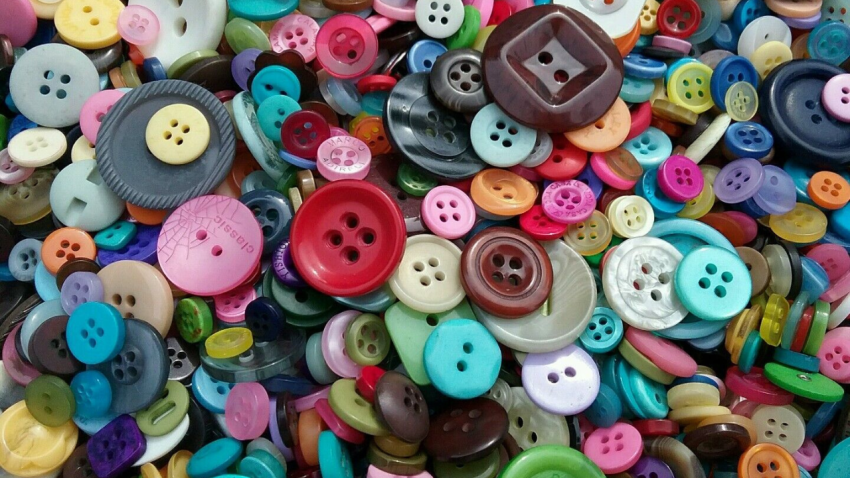
Buttons can also make ideal decorations. They come in a huge array of shapes, sizes, and colors to suit various needs.
Sequins
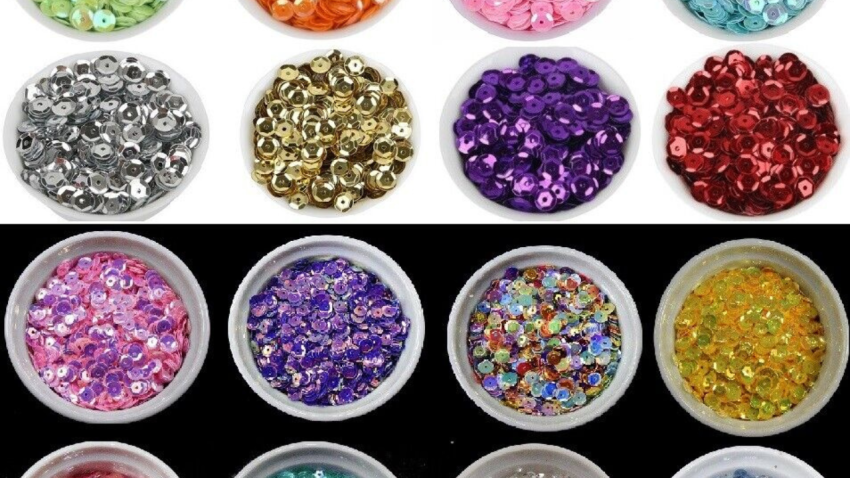
Sequins serve a similar purpose, but are generally smaller and provide a shiny finish. You can sew or glue these elements into place.
Gems
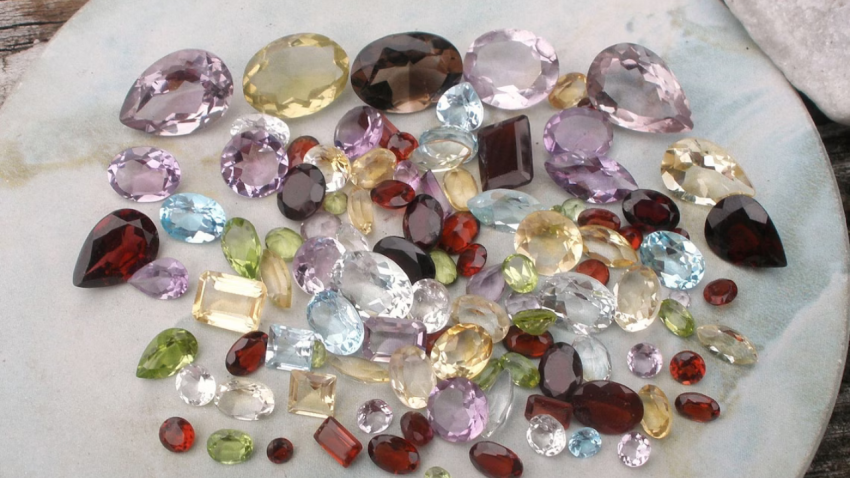
Gems are another embellishment option. They generally provide a more three dimensional appearance along with a unique shine.
Brads
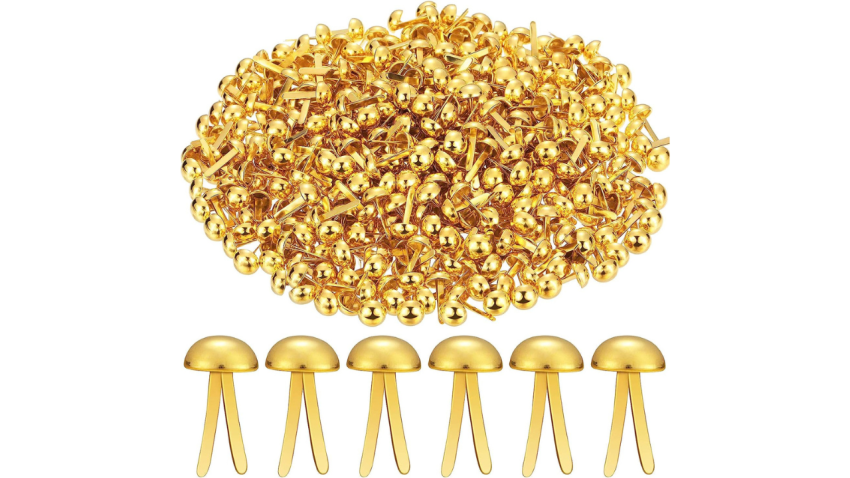
Brads are small paper fasteners that often come in gold or silver finishes. You can use them to hold pieces of cardstock together or even to create movable elements on your cards.
Markers
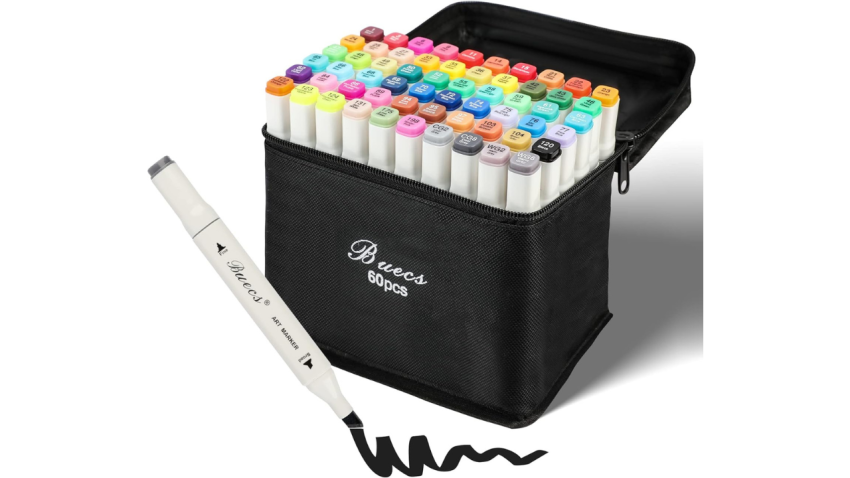
You can use markers to write messages or add illustrations to your cards. Markers are available in a huge array of colors and thicknesses to suit various needs.
Colored Pencils
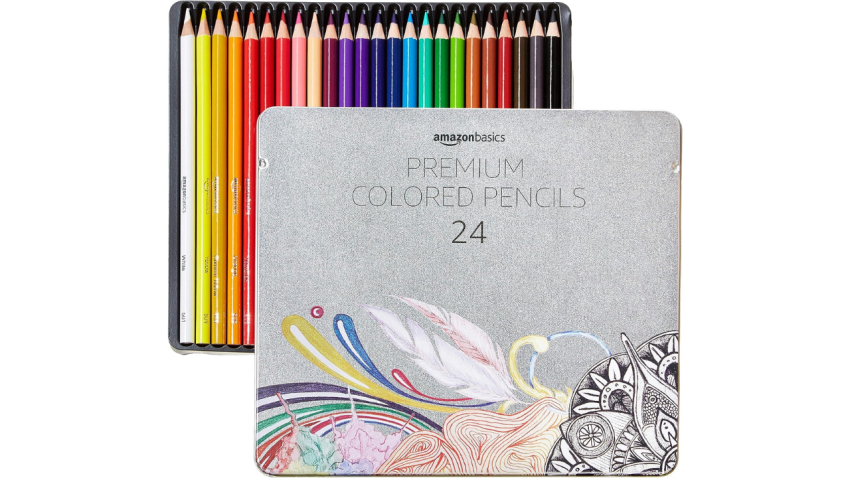
Colored pencils provide another option for a coloring medium. Use them to illustrate or add subtle elements around printed or drawn messages.
Watercolors
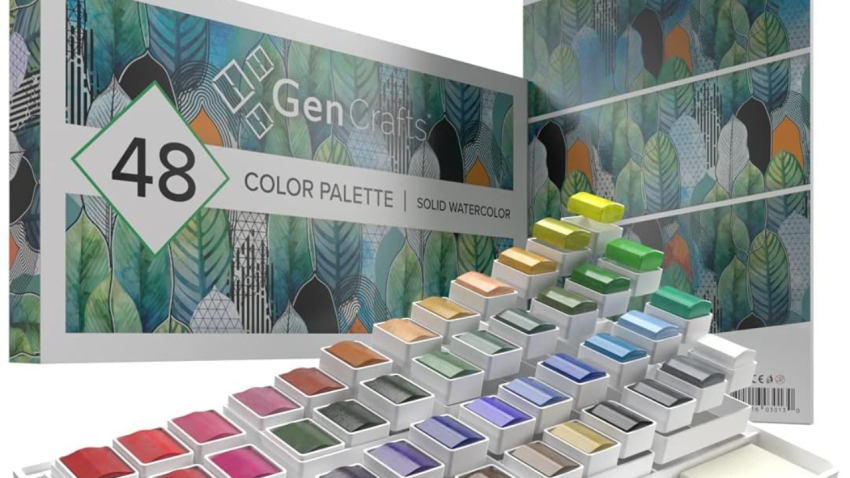
Watercolors are paints that allow you to add subtle colors to stamped images, backgrounds, or any other elements on your card. They enable artists to blend, shade, and create depth.
Embossing Powder and Heat Gun
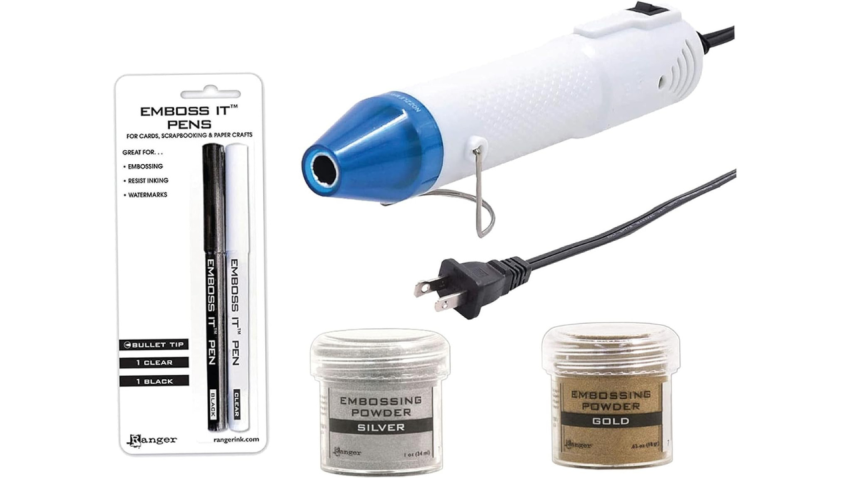
Embossing powder is sprinkled over wet ink and then heated with a heat gun. This causes the powder to melt, creating a raised, glossy design. This technique adds a touch of elegance and dimension to cards.
Stencils
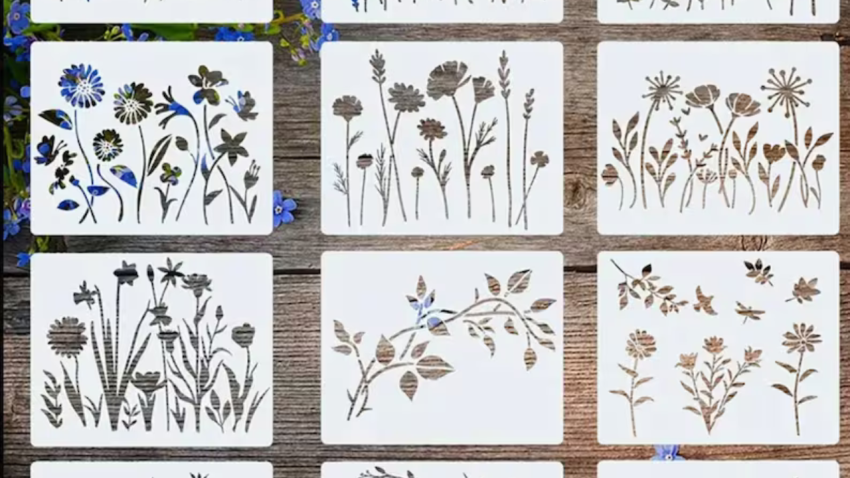
Stencils are templates with cut-out designs. They’re used with inks, pastes, or other mediums to transfer patterns onto cardstock.
Scoring Tools and Bone Folders
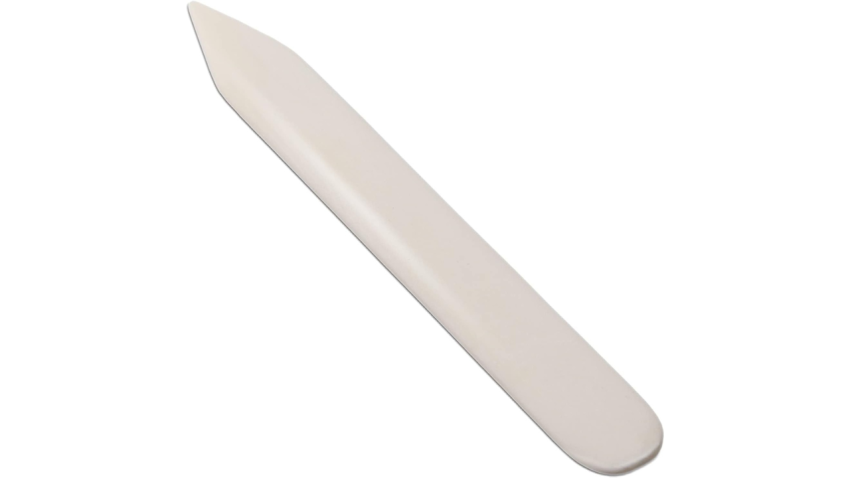
These tools help in creating crisp folds in your cardstock. Scoring tools make an indentation where the fold should be, and bone folders are used to press down and make the fold sharp.
Scissors
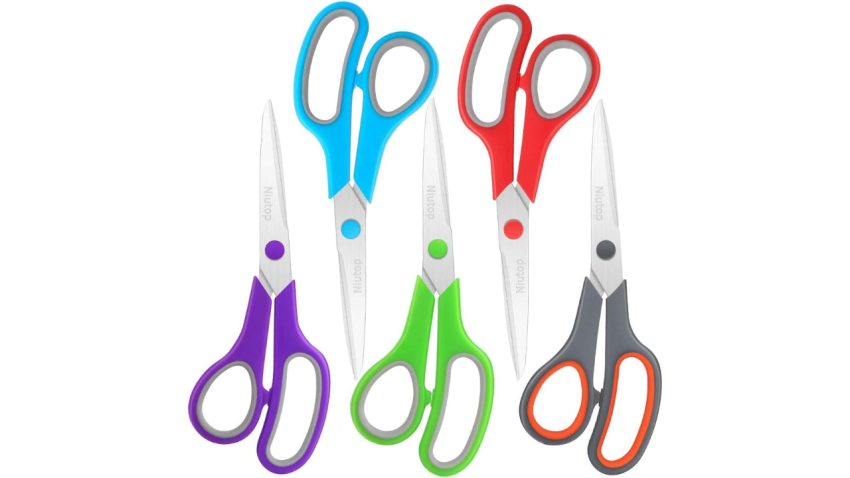
These are essential tools for cutting cardstock and patterned paper. Scissors are great for detailed or curved cutting. There are even patterned or decorative scissors that give scalloped or zig-zagged edges, along with ergonomic scissors to increase comfort.
Paper Cutters
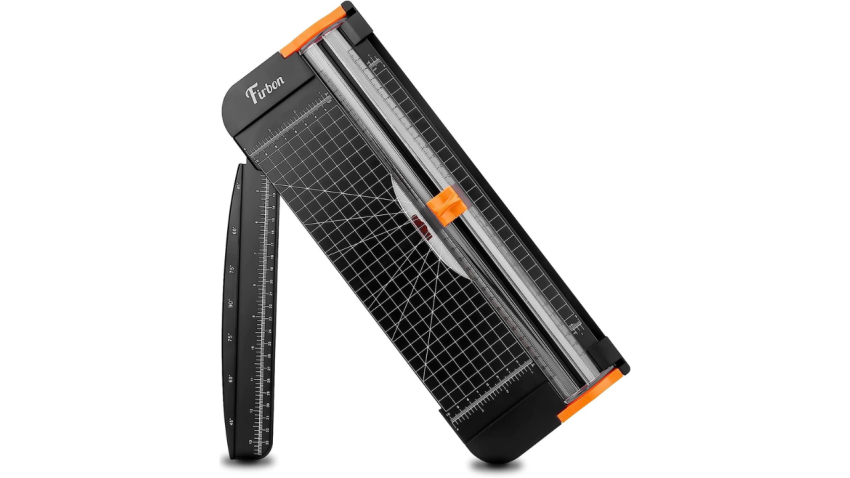
Paper cutters or trimmers have straight edges that make it easy to cut cardstock or patterned paper to a precise size and shape.
Envelopes
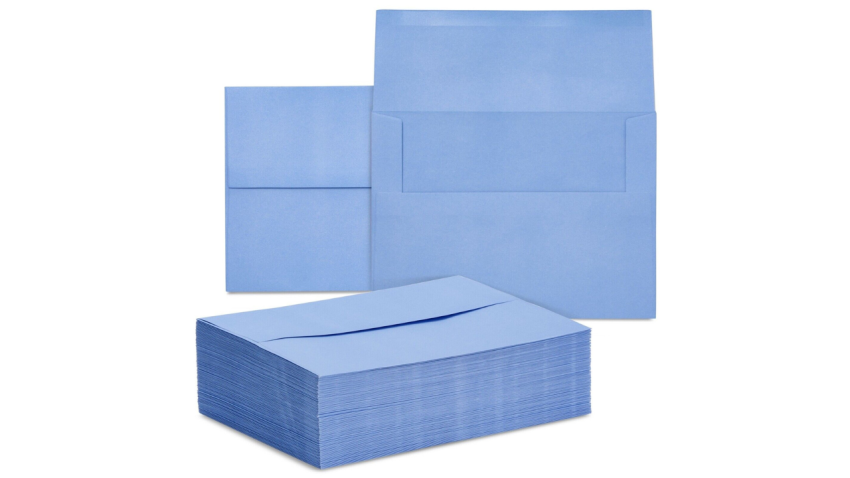
While not part of the card itself, envelopes are essential for presenting and sending your handmade cards. They can be purchased or handmade, and you can also decorate them to match your card.
Acrylic Blocks
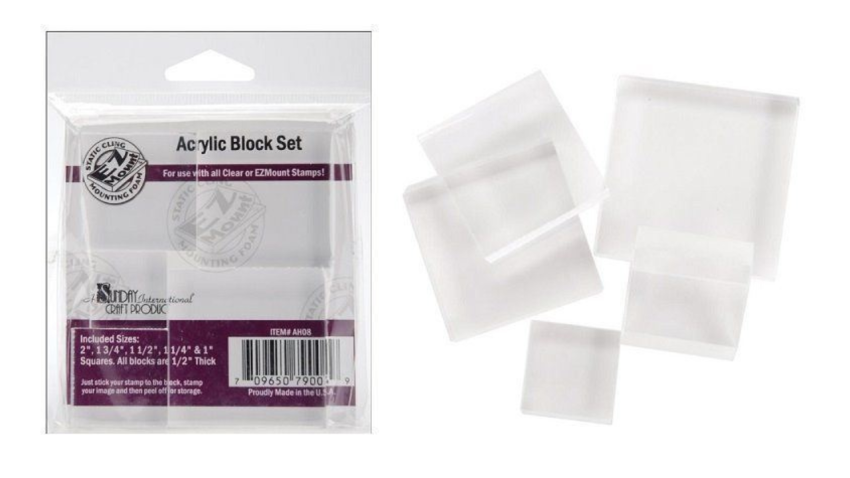
Primarily used with clear or cling stamps, acrylic blocks hold the stamp while you ink and press it onto the cardstock. They come in different sizes to accommodate various stamp sizes.
Blending Tools
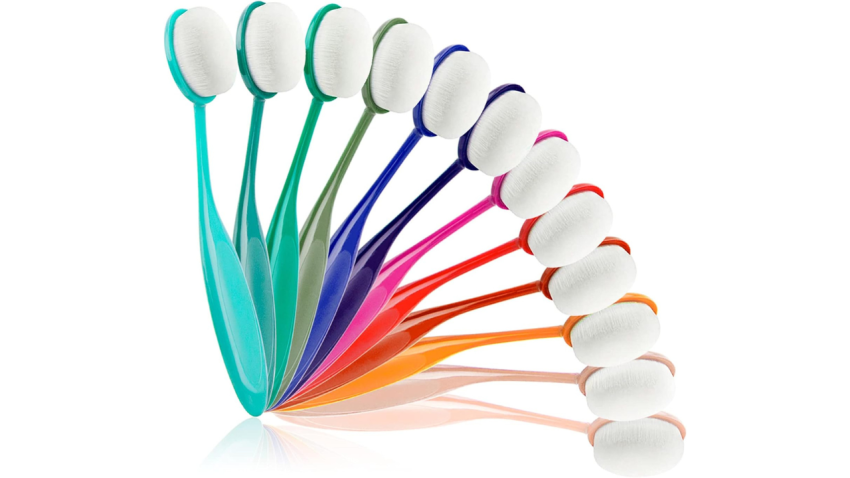
These tools, like foam blenders or blending brushes, help to smoothly apply and blend ink on cardstock, creating gradients or soft backgrounds.
3D Foam Squares or Dots
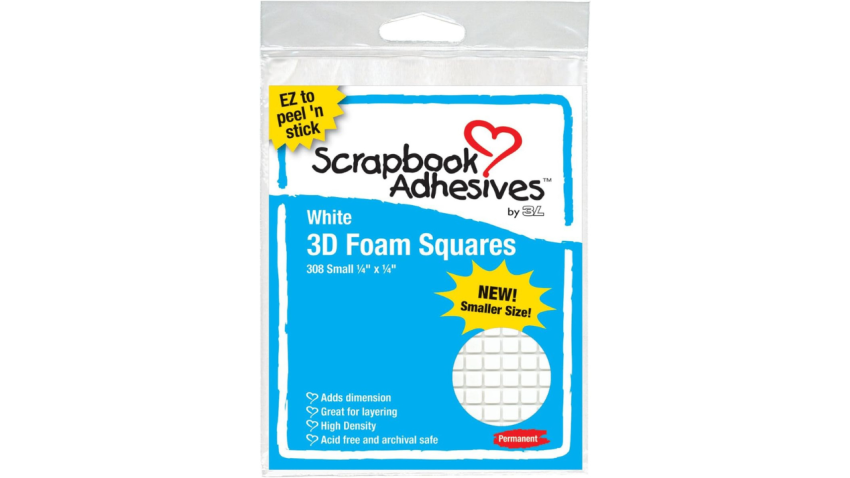
These are adhesive foam pieces that elevate elements on a card, giving them dimension.
Misti or Stamp Positioning Tool
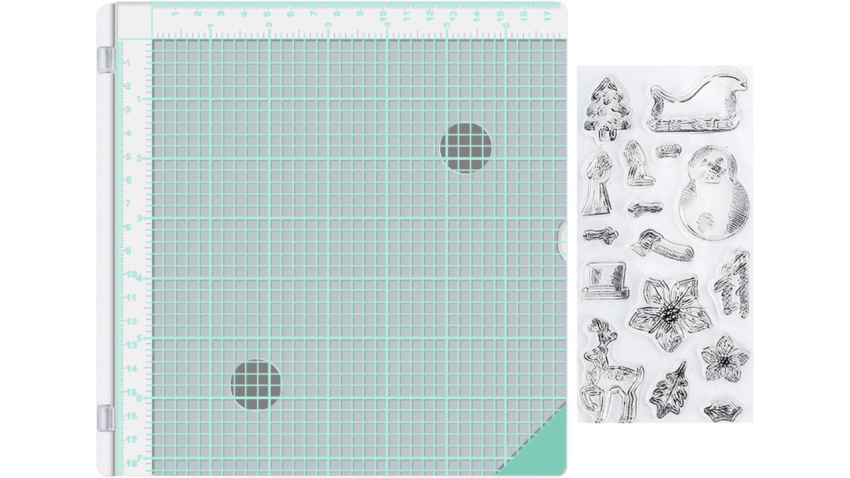
This tool helps in accurately positioning stamps on cardstock. It’s especially useful for layering stamps or when you need to stamp an image more than once for a darker impression.
Packaging Materials
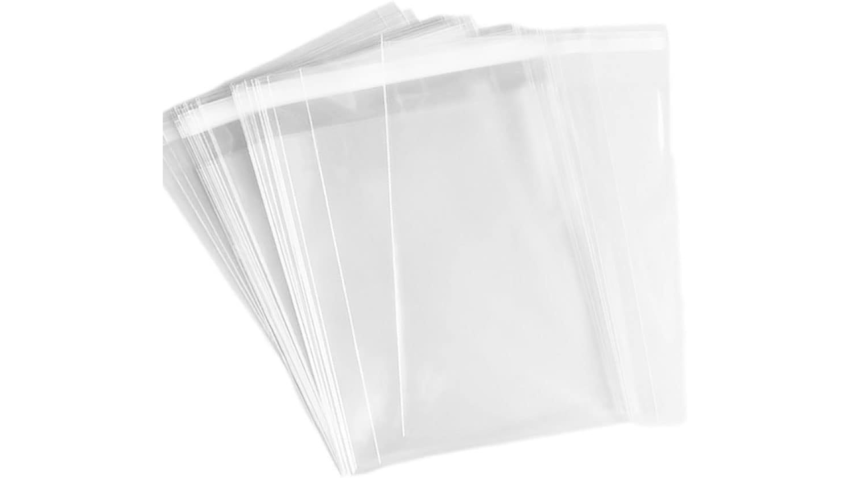
Once your cards are complete, invest in ecommerce shipping supplies like plastic sleeves and mailers to ship them safely to buyers if selling products online.
| Supply/Material | Description | Primary Use |
|---|---|---|
| Cardstock | Thick and durable paper available in various colors, finishes, and weights. | Base of a card; layering, die-cutting, and embossing. |
| Patterned Paper | Decorative paper with printed patterns, designs, or pictures. | Add decorative elements; can be cut or torn for designs. |
| Stamps | Tools that imprint designs or messages; come as rubber, clear, or foam stamps. | Imprint designs or messages on cards. |
| Ink Pads | Used to apply color to stamps; available in a variety of colors and types. | Coloring stamps before imprinting on paper. |
| Die-Cuts and Punches | Tools for cutting shapes, designs, or patterns from paper. | Creating specific cut-out designs on cards. |
| Adhesives | Used to bond materials together; includes tapes, glues, and more. | Attach materials or layers together. |
| Ribbons | Decorative fabric strips. | Decorate cards or tie elements together. |
| Buttons | Decorative fasteners in various shapes and sizes. | Add decorative 3D elements to cards. |
| Sequins | Small, shiny decorative pieces. | Add sparkle and shine to cards. |
| Gems | Shiny, often faceted decorative pieces. | Add a shiny, 3D decorative element. |
| Brads | Small paper fasteners, often metallic. | Attach card layers or create movable elements. |
| Markers | Coloring tools in various colors and sizes. | Write or illustrate on cards. |
| Colored Pencils | Coloring pencils in various hues. | Color, illustrate, or add details to card designs. |
| Watercolors | Paints that can be used for blending and shading. | Add color to cards, especially for blending and shading. |
| Embossing Powder & Heat Gun | Powder that, when heated, creates raised designs. | Add texture and dimension to card designs. |
| Stencils | Templates with cut-out designs. | Transfer patterns or designs onto cardstock. |
| Scoring Tools & Bone Folders | Tools to create and refine folds in cardstock. | Create crisp folds in cardstock. |
| Scissors | Cutting tool, some with decorative edges. | Cut cardstock and patterned paper, especially for detailed or curved designs. |
| Paper Cutters | Straight-edged cutting tools for precision. | Cut cardstock or patterned paper to exact sizes and shapes. |
| Envelopes | Protective covers for cards. | Presenting and sending handmade cards. |
| Acrylic Blocks | Blocks used with clear or cling stamps. | Hold stamps during inking and pressing. |
| Blending Tools | Tools like foam blenders or brushes. | Apply and blend ink on cardstock. |
| 3D Foam Squares/Dots | Adhesive foam pieces. | Elevate card elements for added dimension. |
| Misti or Stamp Positioning Tool | Tool for precise stamp positioning. | Accurately position stamps on cardstock. |
| Packaging Materials | Includes plastic sleeves and mailers. | Protect and ship cards, especially for sellers. |
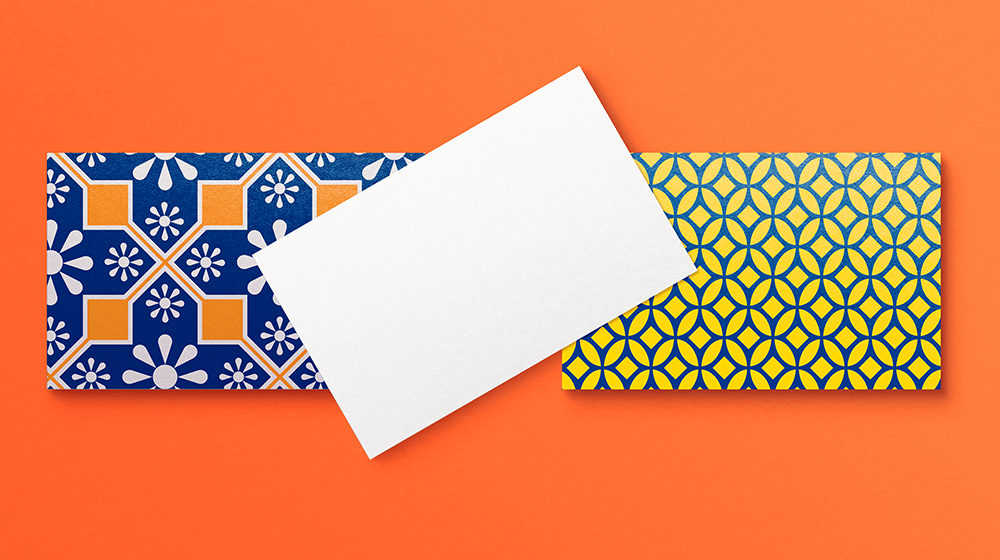
Best Places to Buy Supplies for Making Cards
Crafting personalized cards can be a rewarding experience, and there are plenty of great places to shop for the supplies you need.
Whether you’re looking for acid-free colored cardstock, ink pads, scissors to make straight lines and edges, markers, pens, or something else, you can find everything your card-making journey needs.
Here are some of the best places to buy must-have supplies and start creating your own cards
1. Amazon
Amazon is a reliable source for card-making supplies, with a vast selection of materials from a variety of brands. The platform offers competitive pricing, fast shipping, and customer reviews, making it an easy and convenient choice for shopping.
Amazon also has a wide selection of cutting machines, punches, and other tools to take your card-making to the next level.
2. Etsy
Etsy is a unique marketplace that connects buyers with independent sellers who create handmade and vintage items. It’s a great place to find one-of-a-kind card-making supplies, including stamps, embellishments, and unique paper designs.
You can also find custom-made items like personalized stamps and custom-designed paper to add a personal touch to your cards.
3. eBay
eBay is a popular platform for buying and selling new and used items, including card-making supplies. It’s a great place to find deals on bulk quantities, discontinued items, and hard-to-find materials.
eBay also offers a bidding system, allowing you to potentially save money on your supplies.
4. Walmart
Walmart offers a range of card-making supplies, including basic materials like cardstock and adhesive, as well as tools and machines like die-cutting machines and heat presses.
With affordable pricing and a large selection, it’s a convenient option for all your crafting needs. Walmart also offers exclusive brands like Cricut, providing a variety of innovative tools for your card-making.
5. Michaels
Michaels is a go-to retailer for all types of crafting supplies, including those for card-making. They offer a wide variety of paper designs, stickers, stamps, and other embellishments, as well as helpful tools like cutting mats and scissors.
Michaels also has a rewards program you can join and offers coupons, helping you save on your card-making purchases.
6. Hobby Lobby
Hobby Lobby is another popular retailer for all types of crafting supplies you can purchase, with a strong focus on home decor and seasonal items.
Their card-making selection includes paper, stickers, stamps, and other embellishments, as well as tools like punches and embossing machines.
Hobby Lobby also offers a mobile app and weekly ads, making it easy to stay up-to-date on their latest deals.
7. Scrapbook.com
Scrapbook.com is an online retailer that specializes in scrapbooking and card-making supplies.
They offer a large selection of paper designs, stamps, embellishments, and tools, as well as inspiration and tutorials on their website.
8. Joann
Joann is a well-known craft retailer that offers a variety of materials and tools for card-making. Their selection includes paper, embellishments, stamps, and tools like die-cutting machines and heat guns.
They also offer online classes and project inspiration to help you get started. Joann has a mobile app and regularly offers coupons and deals, making it a budget-friendly option for card-making supplies.
9. Altenew
Altenew is a leading brand in the paper crafting industry, providing high-quality clear photopolymer stamps, stencils, and inks manufactured in the US.
Established in 2014, the company encourages crafters to express their creativity through handmade cards and scrapbook layouts.
Altenew has won multiple Craft Business Awards, including Best Customer Service and Best American Brand.
10. Paper Wishes
Hot Off The Press launched in 1980 and evolved from publishing craft books to creating patterned papers and launching scrapbooking.
In 2002, the Paper Wishes catalog was born, selling unique products from over 80 manufacturers worldwide.
Today, Paper Wishes is an online retailer emphasizing the importance of showing customers how to use their products through books and videos, and valuing them as part of the Paper Wishes family.
Find even more deals on card making supplies here.
What is the best card stock for handmade cards?
The best card stock for handmade cards is one that’s high quality and durable. Consider factors like weight, color, finish, acidity level, and texture when selecting the perfect cardstock for your projects.
Many craft stores offer a wide range of cardstock options so you can find the one that best suits your needs.
Where is the best place to get business supplies for card making?
The best place to get business supplies for card making is a craft store or an online retailer specializing in paper crafts.
These stores offer a wide variety of card-making supplies, including cardstock, adhesives, embellishments, and tools.
Are handmade cards profitable?
Handmade cards can be profitable for businesses with a well-planned strategy. Pricing should consider the cost of supplies and labor, while marketing should focus on the unique and personalized nature of handmade cards.
Success depends on establishing a loyal customer base and producing quality cards efficiently.
Read More:
- Where to Sell Wholesale Craft Supplies
- 50 Handmade Business Ideas You Can Start from Home
- 16 Craft Supply Storage Ideas
Image: Envato Elements
This article, “10 Places to Get Card-Making Supplies for Your Business” was first published on Small Business Trends